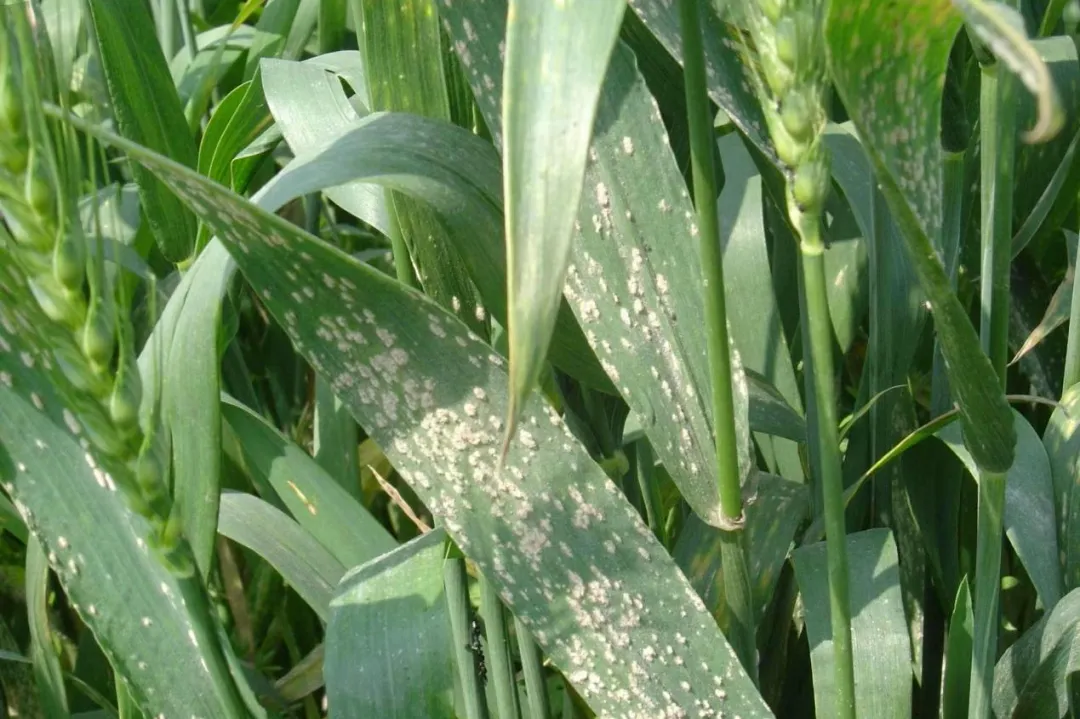
Okt . 12, 2024 15:27 Back to list
bifenthrin cockroaches
Understanding Bifenthrin and Its Effectiveness Against Cockroaches
Bifenthrin is a synthetic pyrethroid, a class of insecticides modeled after natural pesticides produced by chrysanthemum flowers. It is widely used for outdoor and indoor pest control, known for its effectiveness against a broad range of insects, including cockroaches. When confronted with a cockroach infestation, many homeowners seek out effective solutions, and bifenthrin has emerged as a popular choice among pest control products. This article discusses bifenthrin's characteristics, its mechanism of action, its role in cockroach control, and safety considerations.
The Mechanism of Action
Bifenthrin works by disrupting the normal functioning of an insect's nervous system. Upon contact or ingestion, bifenthrin binds to sodium channels in nerve endings, causing prolonged depolarization and affecting the transmission of nerve impulses. This action results in paralysis and eventually death in insects. This neurotoxic effect makes bifenthrin highly effective against various pests, including cockroaches, which are notorious for their resilience and rapid reproductive capabilities.
Efficacy Against Cockroaches
Cockroaches are not just a nuisance; they can pose significant health risks as carriers of allergens and pathogens. Effective eradication of cockroaches is essential to maintaining a healthy environment. Bifenthrin is particularly effective against common cockroach species, including the American, German, and Oriental cockroaches. The insecticide can be applied in various forms, such as sprays, granules, and bait formulations, allowing homeowners and pest control professionals to choose the most appropriate method for their specific situation.
bifenthrin cockroaches

One of the advantages of bifenthrin is its residual activity. After application, bifenthrin can remain effective on surfaces for weeks to months, providing continued protection as new cockroaches come into contact with treated areas. Its fast-acting nature ensures that existing cockroach populations are quickly reduced.
Safety and Environmental Considerations
While bifenthrin is effective against cockroaches, it is essential to use it responsibly to minimize potential risks to humans, pets, and the environment. Like all pesticides, bifenthrin should be applied according to label instructions, ensuring proper dosage and methods of application. Users should wear appropriate protective equipment during application to avoid skin and eye contact.
In addition, it is crucial to keep pets and children away from treated areas until it is safe to re-enter, as ingestion or prolonged exposure can lead to health issues. Bifenthrin is less toxic to mammals than it is to insects, but caution is still important. Moreover, its potential environmental impact should be considered, particularly its effects on aquatic organisms. Users should take care to prevent runoff into water bodies during and after application.
Conclusion
In summary, bifenthrin is a powerful tool in the fight against cockroaches, offering effective, long-lasting control that can help protect homes from these unwanted pests. Its specific mode of action makes it particularly lethal to cockroaches while being manageable when used responsibly. For those dealing with cockroach infestations, bifenthrin represents a viable solution, but it is imperative to follow safety guidelines to ensure the health of both residents and the environment. Taking these steps will help create a safer and more comfortable living space free from the nuisances posed by these resilient insects.
-
Kasugamycin Fungicide: Efficient Bacterial & Fungal Control
NewsAug.02,2025
-
Emamectin Benzoate: AI-Optimized Pest Control Solution
NewsAug.01,2025
-
Best Abamectin 95% | Top Pesticide for Crop Protection
NewsJul.31,2025
-
Insecticide Spirotetramat 11% + Thiacloprid 11% SC at Good Price
NewsJul.30,2025
-
Best Abamectin SDS - Premium Quality & Reliable Safety Data
NewsJul.29,2025
-
Agrochemicals Pesticides Solutions for Sustainable Farming
NewsJul.29,2025
